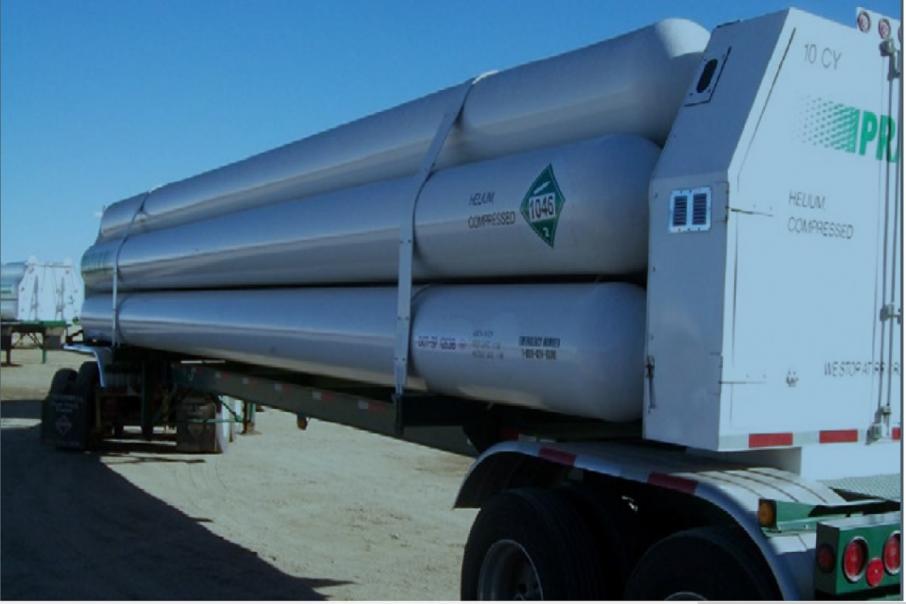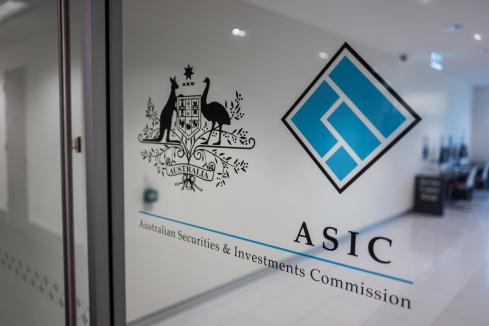ASX-listed Blue Star Helium continues to build out its strategic land bank in the USA that surrounds the historic Model Dome helium gas field which once produced helium at good rates with awesome yields. Blue Star has increased its net acreage holding to 120,000 acres, recently adding 12,557 net acres, mostly within its highly ranked Galileo prospect, due west of Model Dome.


ASX-listed Blue Star Helium continues to build out its strategic land bank in the USA that surrounds the historic Model Dome helium gas field which once produced helium at good rates with awesome yields. The company has increased its net acreage holding to 120,000 acres, recently adding 12,557 net acres, mostly within its highly ranked Galileo prospect, due west of Model Dome.
Blue Star’s latest lease deals have added around 10 per cent to its total land bank. Importantly, the company now has established a contiguous footprint over Galileo after filling in the last few holes in the map across the site, in Las Animas, Colorado.
The company acquired the fresh leases from both private mineral owners and the US Government’s Federal Bureau of Land Management, delivering Blue Star what it claims is now a material land position across Galileo.
Blue Star Helium Managing Director, Joanne Kendrick said: “I’m pleased to see the contiguous high net leasing across Galileo and the continuation of infill leasing at other prospects. Not only does this give us a greater net entitlement to potential helium resources in these prospects, but it also allows us to explore and, in the case of success, develop the resources in the most optimal way.”
Blue Star will now crank up its helium resource estimates across the newly enlarged lease portfolio, including Galileo, the adjacent Enterprise prospect and the balance of its 177,000 gross acre patch of ground, ahead of the start-up of its maiden drilling program planned in this quarter.
Energy consultancy firm, Sproule, previously estimated that the Enterprise and Galileo targets could host a combined potentially recoverable resource of 3 billion cubic feet of helium.
Modern-day demand for helium is being carried by resurgent space exploration and high-powered computing industries. Together with helium’s biggest application in Magnetic Resonance Imaging, demand across North America has certainly lit a fire under the helium industry.
The Model Dome field yielded 8 per cent helium gas in its day and is acknowledged as one of the US’s and the world’s highest helium concentration fields. Its shallow, vertical gas wells initially produced at rates between a 500 thousand cubic feet, or “mcf”, and 1,000 mcf of raw gas per day, per well.
Less than 10km west of Model Dome, Blue Star’s Enterprise and Galileo prospects are interpreted to have the same helium gas-charged source layers locked up in the same rock strata as those of the old field.
Blue Star’s low CAPEX, low operating-cost and high-grade helium production aspirations are further enhanced by the abundance of processing and pipeline infrastructure already available across the region.
Helium is generally sold as a compressed gas at 98 per cent concentration under long-term take or pay contracts and sold at the plant gate into customer’s tube trailers and trucked out by the buyer.
The region also boasts a highly developed community of specialist contractors available to support all the production aspects of the helium business, significantly reducing the start-up risk for a junior player such as Blue Star.
Blue Star Helium, which has been the only pure helium play on the ASX since 2019, is now advancing plans for its maiden well to be drilled at Enterprise later this year.
Not surprisingly, the market has already pumped the company’s stock from just one cent a few months ago to a peak of 5 cents a couple of weeks ago, in anticipation of the first well being drilled.
Relatively shallow exploration wells that are likely to be drilled will cost about US$300,000, with production wells coming online for a total outlay of around US$400,000. Those sorts of numbers are more akin to a coal seam gas business model and almost unheard of in the modern, US-based unconventional oil and gas fracking industry.
The biggest attraction for Blue Star will be the price of A-grade helium, with anecdotal evidence suggesting prices upwards of about US$300/mcf, a 100-fold uplift on conventional hydrocarbon gas prices in the USA right now.
Blue Star has backed itself in on its helium strategy by building such large landholdings around Model Dome and looks set to continue to impress in the lead up to the close of 2020.
Is your ASX listed company doing something interesting? Contact: matt.birney@businessnews.com.au










